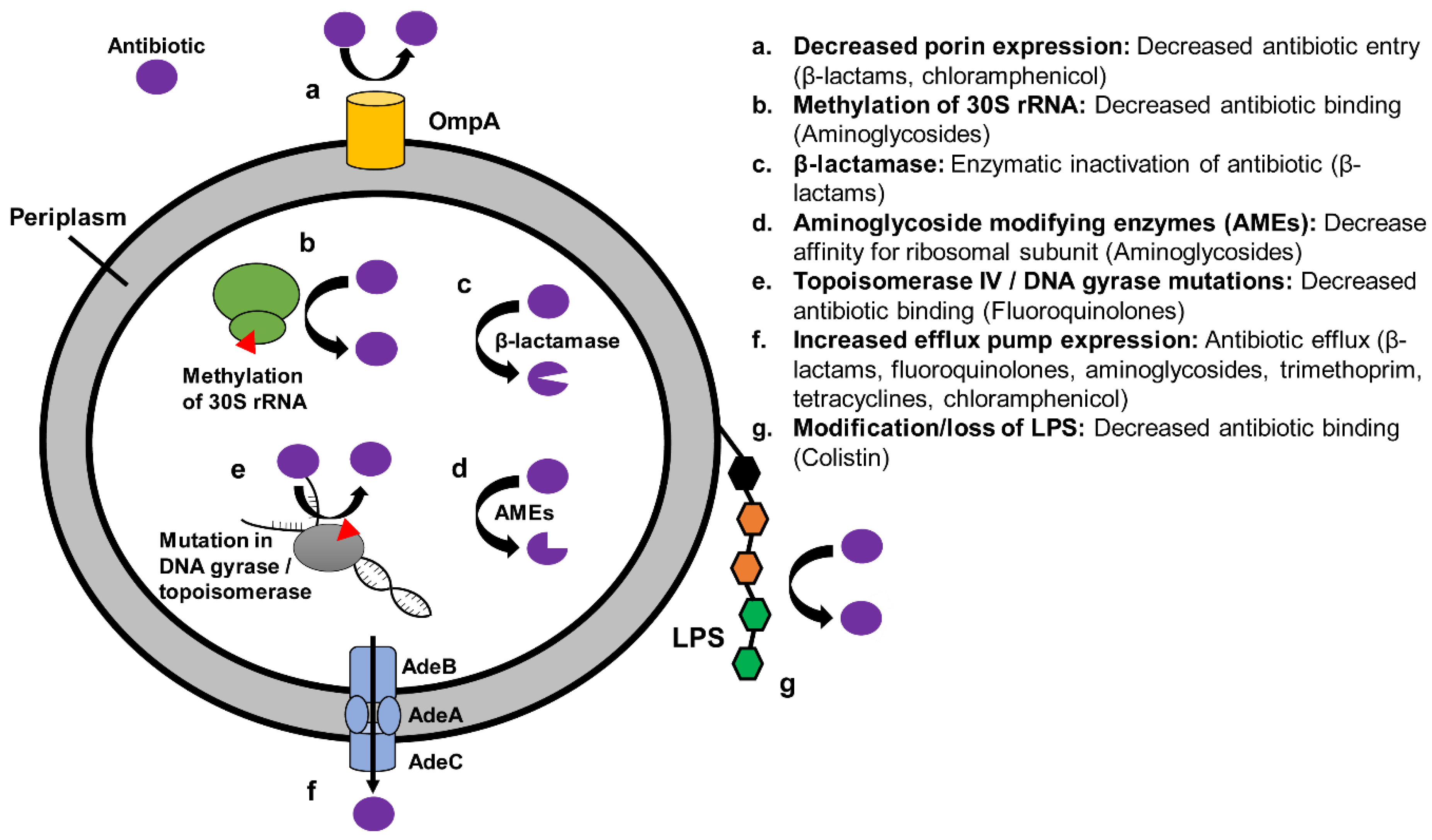

The CryoEM method MicroED as a powerful tool for small molecule structure determination. Sharing and community curation of mass spectrometry data with Global Natural Products Social Molecular Networking. Phylogenomic analysis supports the ancestral presence of LPS-outer membranes in the Firmicutes. Veillonella, firmicutes: microbes disguised as gram negatives. The research on post-translational modification of RiPPs Xye catalyzed by CyFE PacB. X-ray structure of an AdoMet radical activase reveals an anaerobic solution for formylglycine posttranslational modification. In vitro characterization of AtsB, a radical SAM formylglycine-generating enzyme that contains three clusters. New developments in RiPP discovery, enzymology and engineering. SPASM and twitch domains in S-adenosylmethionine (SAM) radical enzymes. Fast, scalable generation of high-quality protein multiple sequence alignments using Clustal Omega.

Uncovering the unexplored diversity of thioamidated ribosomal peptides in Actinobacteria using the RiPPER genome mining tool.

A deep learning approach to antibiotic discovery. Culture-independent discovery of the malacidins as calcium-dependent antibiotics with activity against multidrug-resistant Gram-positive pathogens. Discovery of microbial natural products by activation of silent biosynthetic gene clusters. The antibiotic darobactin mimics a beta-strand to inhibit outer membrane insertase. A new antibiotic selectively kills Gram-negative pathogens. Refining the natural product repertoire in entomopathogenic bacteria.

Bacterial symbionts and natural products. A silent operon of Photorhabdus luminescens encodes a prodrug mimic of GTP. Novel antimicrobials from uncultured bacteria acting against Mycobacterium tuberculosis. Lassomycin, a ribosomally synthesized cyclic peptide, kills Mycobacterium tuberculosis by targeting the ATP-dependent protease ClpC1P1P2. Implementation of permeation rules leads to a FabI inhibitor with activity against Gram-negative pathogens. Predictive compound accumulation rules yield a broad-spectrum antibiotic. Trans-envelope multidrug efflux pumps of Gram-negative bacteria and their synergism with the outer membrane barrier. Discovery, research, and development of new antibiotics: the WHO priority list of antibiotic-resistant bacteria and tuberculosis. A new antibiotic kills pathogens without detectable resistance. Antibacterial drug discovery in the resistance era. This study demonstrates the utility of computational approaches to antibiotic discovery and suggests that dynobactin is a promising lead for drug development.īrown, E. Dynobactin showed efficacy in a mouse systemic Escherichia coli infection. Based on a BamA-dynobactin co-crystal structure and a BAM-complex-dynobactin cryo-EM structure, we show that dynobactin binds to the BamA lateral gate, uniquely protruding into its β-barrel lumen. Dynobactin is structurally unrelated to darobactins, but also targets BamA. Following this clue, we identified dynobactin A, a novel peptide antibiotic from Photorhabdus australis containing two unlinked rings. We reasoned that a computational search for genes only distantly related to the darobactin operon may lead to novel compounds. Darobactins produced by Photorhabdus, a nematode gut microbiome symbiont, target BamA. BamA, which inserts proteins into the outer membrane, is an attractive target due to its surface location. Nature Microbiology volume 7, pages 1661–1672 ( 2022) Cite this articleĭiscovery of antibiotics acting against Gram-negative species is uniquely challenging due to their restrictive penetration barrier. Computational identification of a systemic antibiotic for Gram-negative bacteria


 0 kommentar(er)
0 kommentar(er)
